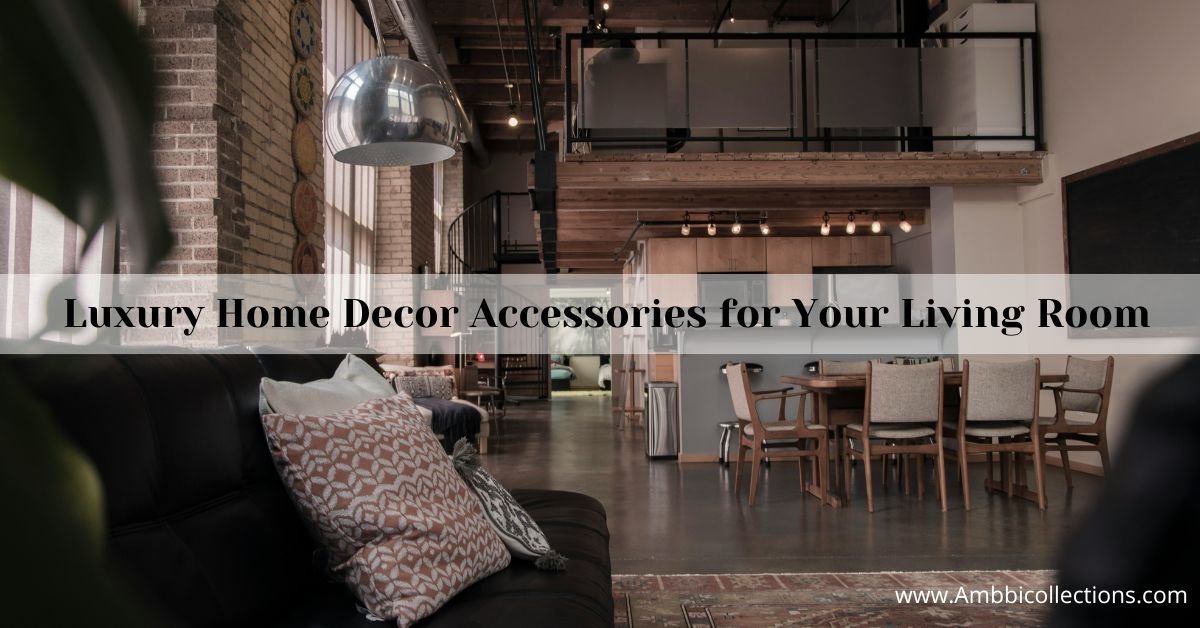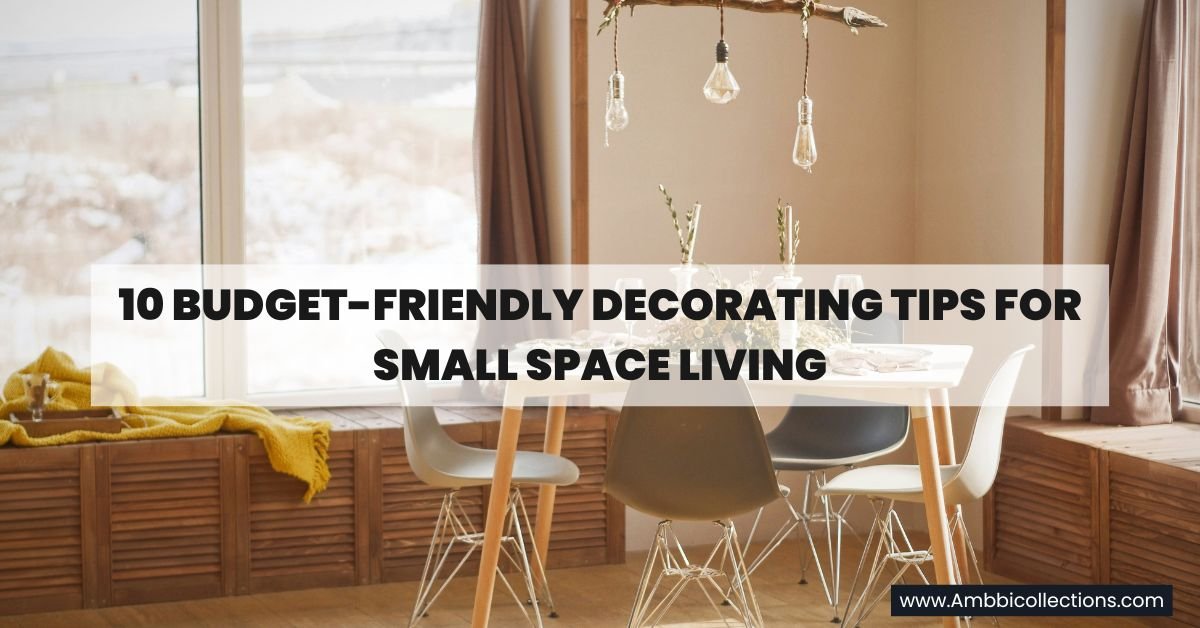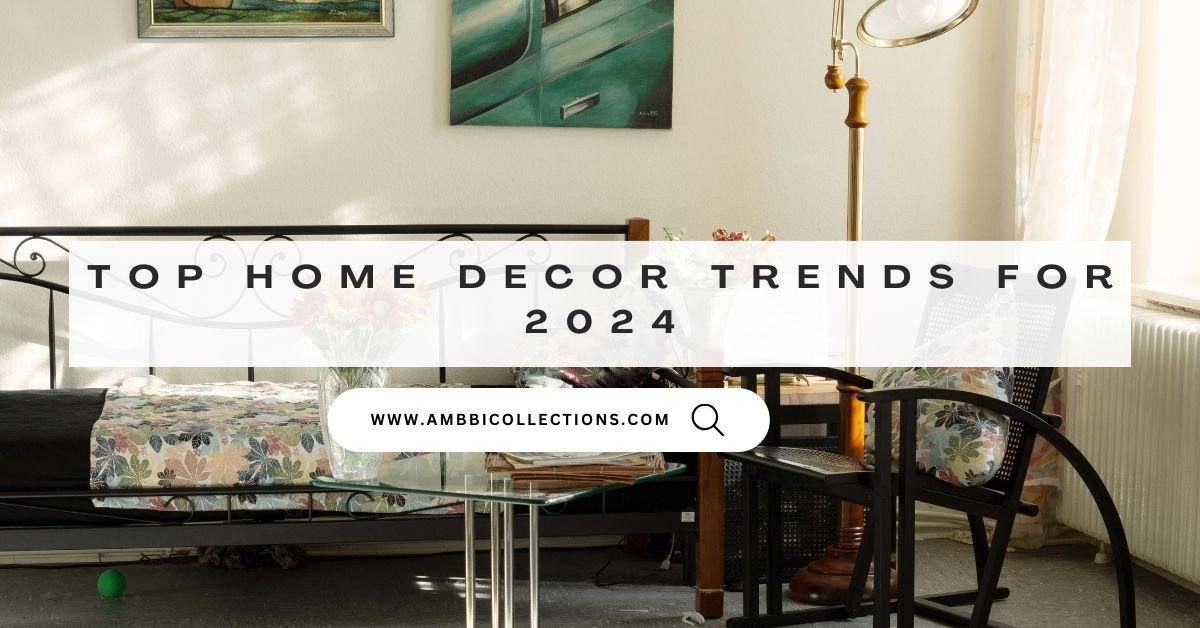The Power of Color: How to Use Color Psychology in Home Decor When it comes to adorning your property, the colors you select play a critical position in setting the temper and environment of each room. Color psychology, which looks at colors as a determinant of human behavior, gives treasured insights into how great shades impact our emotions and perceptions. By understanding the electricity of coloration, you may create a home environment that is now not first-rate, and beautiful but feels just right.
Understanding Color Psychology
Before diving into how to use color in your property, it’s vital to recognize the fundamentals of coloration psychology. Colors can evoke a whole lot of emotions and behaviors, frequently subconsciously. The Power of Color: How to Use Color Psychology in Home Decor Here’s a short rundown of what some not-unusual hues may make you enjoy:
Red: Energizing and passionate, pink can stimulate exhilaration and interest. It’s splendid for social spaces like residing rooms or dining areas but is probably too excessive for bedrooms or observation regions.
Blue: Known for its calming and soothing effects, blue is ideal for developing tranquil surroundings in bedrooms and toilets. Different shades of blue can evoke feelings of stability and peace.
Yellow: This pleasing and uplifting shade can deliver a feeling of happiness and warmth to any room. It’s best for kitchens and consuming rooms wherein a powerful, active vibe is welcomed.
Green: Associated with nature and quietness, green has a chilled and fresh effect. It’s flexible and works properly in any room, promoting rest and stability.
Purple: Often linked to luxury and creativity, pink can add a hint of class and depth. It’s a first-rate preference for bedrooms or revolutionary spaces.
Neutral Colors (White, Gray, Beige): These colors offer a chilled and balanced backdrop that can be without issue accessorized with other hues. They are satisfactory for any room and help create a sense of vicinity and ease.
Using Color to Create the Perfect Atmosphere
Now that we’ve simple information on coloration psychology, let’s discover the way to use those insights to decorate your Home Decor.
1. Creating a Relaxing Bedroom
Your bedroom has to be a sanctuary, a place in which you can unwind and recharge. Soft, cool shades like blues, veggies, and lavenders are best for growing in a serene environment. Opt for slight sun shades to hold the room feeling open and ethereal. You can upload intensity with darker accents or mild furniture in complementary hues.
2. Energizing the Living Room
Living rooms are frequently the hub of hobby in a home, so it’s miles amazing to use shades that sell strength and communique. Warm colors like reds, oranges, and yellows should make the space experience inviting and lively. If bold hues seem overwhelming, take into account using them as accents through pillows, throws, or artwork.
3. Invigorating the Kitchen
The kitchen is a location of creativity and nourishment, and the right hues ought to make it a colorful and alluring area. Bright, warm hues like yellows and oranges can stimulate the urge for food and verbal exchange. If you select a cleaner appearance, combine those accents with neutral tones for a balanced enjoyment.
4. Fostering Creativity in the Home Office
For an efficient and galvanizing workspace, shades like green and blue are best. Green promotes concentration and quietness, whilst blue permits enhanced focus and performance. Adding splashes of crimson can also spark creativity and imagination.
5. Creating a Spa-like Bathroom
Bathrooms are exceptional for cool, calming colors that promote rest. Light blues, smooth vegetables, and gentle lavenders can redesign your bathroom right into a spa-like retreat. These colorations should make the distance experience glowing and clean, high-quality for unwinding after a long day.
Balancing Bold and Neutral Colors
While ambitious hues ought to make a declaration and set the tone for a room, neutral hues are vital for stability and concord. Whites, grays, and beiges offer a bendy backdrop that lets in special colorings to shine. They can also assist in creating a sense of space and light in smaller rooms.
Final Thoughts
Understanding and the use of color psychology in your home decor can make a large distinction in the way you experience your living areas. By thoughtfully selecting colorations that align with the reason for every room, you may create a domestic that no longer most effectively seems stunning but also feels just proper for you and your own family.
Remember, your house is a mirrored picture of your character and style. Have fun experimenting with one-of-a-kind hues and mixtures to discover what resonates with you the maximum. Happy redecorating














